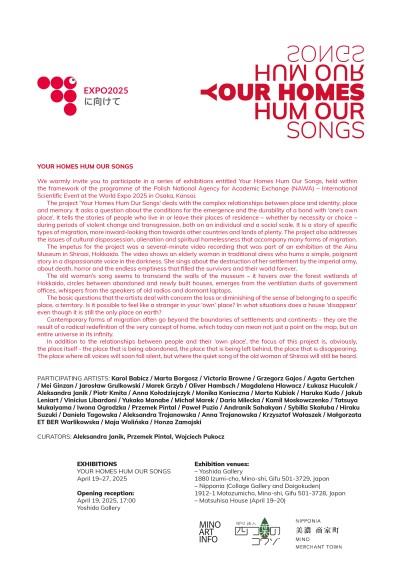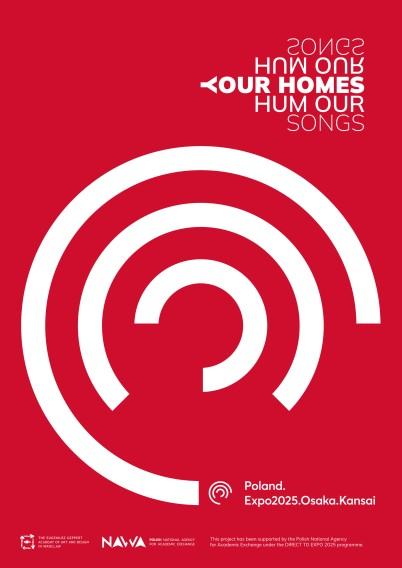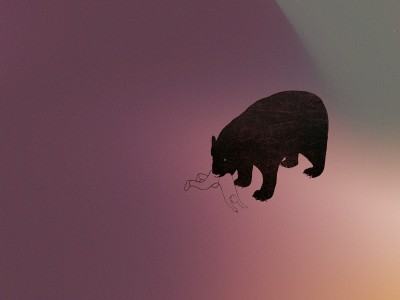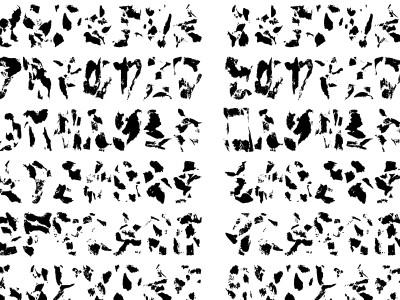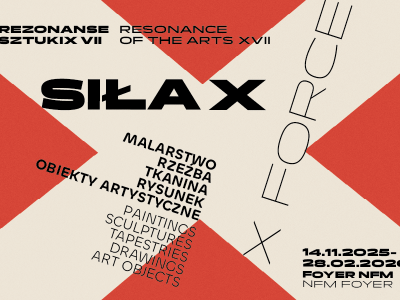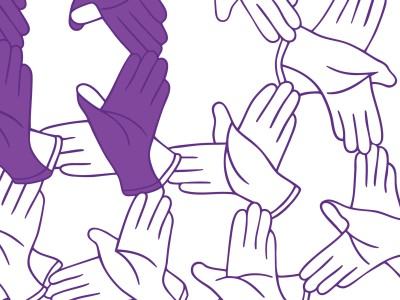Your Homes Hum Our Songs at EXPO 2025

Yoshida Gallery
1880 Izumi-cho, Mino City, Gifu Prefecture, 501-3729 Japonia
Nipponia (Collage Gallery and Daigokuden)
1912-1 Motozumicho, Mino-shi, Gifu, 501-3728 Japonia
Matsuhisa House
(19-20 kwiecień)
We are delighted to invite you to participate in the series of exhibitions titled “Your Homes Hum Our Songs”, organized within the framework of the Polish National Agency for Academic Exchange (NAWA) – International Scientific Event at World Expo 2025 in Osaka, Kansai.
The project “Your Homes Hum Our Songs” explores the complex relationships between place and identity, and between place and memory. It asks questions about the conditions under which a bond with “one’s own place” arises and endures. It tells the stories of people who inhabit or leave their places of residence - by necessity or by choice - during periods of violent change and transgression, both on individual and social scales. It is a narrative about specific forms of migration, more inward-looking than oriented toward other lands of abundance. The project also addresses issues of cultural dispossession, alienation, and spiritual homelessness that accompany many forms of migration.
The inspiration for the project came from a short video recording that is part of the Ainu Museum exhibition in Shiraoi, Hokkaido. The film depicts an elderly woman in traditional attire, who in darkness and with a detached voice, hums a simple yet haunting story. She sings of her settlement’s destruction by imperial troops, of death, terror, and the boundless void that forever filled the survivors and their world.
The old woman’s song seems to transcend the museum walls - it floats over the forested wetlands of Hokkaido, moves between abandoned and newly built houses, rises from the ventilation ducts of government offices, whispers through the speakers of old radios and dormant laptops.
The fundamental questions faced by the artists concern the loss or absence of a sense of belonging to a particular place or territory. Is it possible to feel alien in a place one calls “home”? Under what circumstances does a home “disappear,” even while remaining the only place on earth one truly belongs to?
Contemporary forms of migration often extend beyond neighborhoods and continents - they can result from a radical redefinition of the very concept of home, which today may no longer signify a point on a map but an entire universe, in its infinity.
Alongside the human relationship with “one’s place,” the project also gives voice to the place itself - the one that empties, is abandoned, or disappears. A place where all voices may soon fall silent, yet the quiet song of the elderly woman from Shiraoi will continue to resonate.
Artists: Karol Babicz / Marta Borgosz / Victoria Browne / Grzegorz Gajos / Agata Gertchen / Mei Ginzan / Jarosław Grulkowski / Marek Grzyb / Oliver Hambsch / Magdalena Hlawacz / Łukasz Huculak / Aleksandra Janik / Piotr Kmita / Anna Kołodziejczyk / Monika Konieczna / Marta Kubiak / Haruka Kudo / Jakub Leniart / Vinicius Libardoni / Yukako Manabe / Michał Marek / Daria Milecka / Kamil Moskowczenko / Tatsuya Mukaiyama / Iwona Ogrodzka / Przemek Pintal / Paweł Puzio / Andranik Sahakyan / Sybilla Skałuba / Daniela Tagowska / Aleksandra Trojanowska / Anna Trojanowska / Krzysztof Wałaszek / Małgorzata ET BER Warlikowska / Maja Wolińska / Honza Zamojski
Curators: Aleksandra Janik, Przemek Pintal, Wojciech Pukocz
As part of the project, a series of workshops “Your Homes Hum Our Songs: Paper and Ink – Migrations of Color” will also take place at Yoshida Gallery in Mino.
Workshop dates:
April 19–20 and April 26–27, 2025
Leading artists:
Anna Kołodziejczyk, Kamil Moskowczenko / Eugeniusz Geppert Academy of Art and Design in Wrocław, Poland
Yukako Manabe, Mei Ginzan / Tokyo University of the Arts, Japan
During the sessions held in Mino, a town famous for its traditional production of washi paper, participants will have the opportunity to explore a fascinating technique at the intersection of art and science - paper chromatography. This simple yet striking method allows ink to spread across the surface of the paper, creating subtle color transitions and migrating hues. It is one of the few drawing techniques in which the final result resembles a painted image.
The project is funded by the Polish National Agency for Academic Exchange (NAWA) as part of the International Scientific Event Program at World Expo 2025 in Osaka, Kansai – Call 2024 / EXPO 2025 Direction.



